The following collision involved a modern Norwegian frigate (delivered on 2009), a new built Tanker (Delivered to Company on May 2017) and a fully equipped VTS station and occurred under good conditions, highlights once again the need for more efforts toward improving Bridge Resource Management and addressing best practices for enhanced safety of navigation.
The incident at a glance
On 8th November of 2018, the Norwegian Frigate HNOMS HELGE INGSTAD involved in a collision accident with Oil tanker SOLA TS outside Sture terminal in Hjeltefjord in Hordaland county, Norway. As a result, frigate partially sunk along shoreline, with Oil tanker to sustain only minor damages.
One year after, the Norwegian AIBN (Accident Investigation Board) and DAIBN (Defense Accident Investigation Board) issued a combined Report (Marine 2019/08) which presented the sequence of events and root cause factors, safety recommendations to all parts involved and lessons learned.
Frigate and tanker collided in early hours of 8 November 2018. Frigate had 137 persons on board with a mix of conscripts and permanent crew. A total of seven watchstanding personnel were present on the bridge, including two trainees. Tanker had a total of 24 persons on board. The bridge was manned by four persons, including pilot.
Frigate sailed south at a speed of approximately 17–18 knots with the AIS in passive mode, i.e. no transmission of AIS-signal. Frigate’s bridge team had notified Local VTS station of entering the area and followed the reported voyage. Tanker had been loaded with crude oil at Sture Terminal, and had also notified VTS station of departure from the terminal. Tanker exhibited navigation lights. In addition some of deck lights were turned on to light up the deck for crew who were securing equipment.
In advance of collision, VTS Station had not followed frigate’s passage south through fjord. Crew and pilot on Tanker had observed Frigate and tried to warn of the danger and prevent collision. Crew on Frigate did not realize that they were on collision course until it was too late.
At 04:01, Frigate collided with Tanker. First point of impact was Tanker’s’ starboard anchor and area just in front of frigate’s starboard torpedo magazine. Frigate suffered extensive damage along starboard side. Seven crew members sustained minor physical injuries. Tanker received minor damages and none of the crew were injured. Marine gas oil leaked out into fjord. Institute of Marine Research has ascertained the effect of oil spill had little impact on marine environment.
Sequence of events
Frigate conduced a passage plan through Hjeltefjord (marked with a black circle on Image 1) on map and voyage was being used for crew training in inshore navigation. AIS was mostly in receive mode (receive only, no transmission), and appropriate navigation lights were on. Bridge Manning of frigate was a typical warship’s manning for transit (including some trainees).

Tanker had just departed from a terminal and was under pilotage (Pilot had the con). Apart from the Pilot, 3 crew members were in wheelhouse. Master, as overall in charge, Officer of the Watch (to support Master with Systems’ Monitoring e.g. Radars, ECDIS etc), and a helmsman.

Frigate navigated southeast through the fjord, while the Tanker was moving under pilotage near the terminal. Some other ships navigate near by the lane that the Tanker was navigating. Bridge watch on the frigate delayed to realize that the Tanker was a moving target, as the impression that this echo was a shore point. Bridge watch on the tanker recognized the incoming echo and requested assistance from VTS local station.
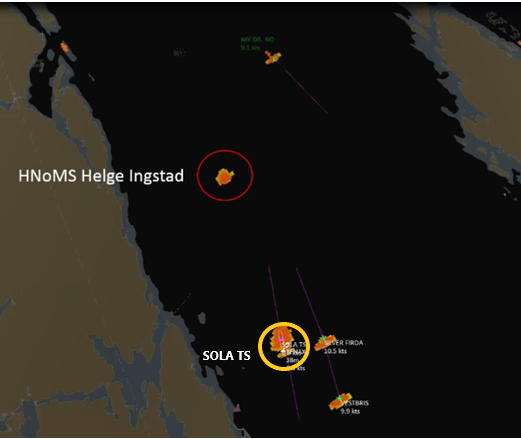
However due to some reasons, VTS was not in position to provide information. As the closing speed was high (Frigate 17 knots, Tanker 7knots), not many actions could have been made to avoid collision.
Actions on Frigate
- The AIS was on passive mode (receive only). Other vessels could not see the frigate as target on AIS system display.
- The frigate’s bridge team had notified VTS of entering the area and followed the stated voyage.
- During transit navigational training was conducted to trainees on board. During the decisive period before the collision, the bridge team had reduced capacity to monitor the traffic situation due to this training.
- At the time of collision the stbd lookout was not manned.
- OOW had formed the clear perception that the ‘object’ (the tanker with lights on as observed visually from a distance) was stationary near the shore and thus of no risk to the frigate’s safe passage.
- When communicated with the pilot on board tanker, refused to conduct the requested stbd turn to avoid collision, assuming that the tanker was stationary and the call came from other nearby ships.
Actions on Tanker
- Pilot had the con.
- Neither frigate nor any other vessels were plotted on Tanker’s radar, indicating that the bridge team took a less active role with the pilot on the bridge.
- There was little communication between the bridge team and the pilot about the passage and the general traffic situation in the fairway.
- Pilot on board was in continuous communication with the VTS.
- Tanker had some deck lights on (apart of navigational lights).
- There was a clear identification of inbound frigate. In fat pilot just before the collision communicated with the frigate and asked them to conduct a stbd turn to avoid collision.
Actions of VTS Station
- VTS operator answered the call from the frigate when entered the VTS zone, but did not plot it on radar.
- He zoomed to the terminal area in order to monitor the departure of the tanker and remained zoomed.
- When tanker requested information about the frigate, VTS operator failed to identify the ship and provide correct information.
- VTS provided no guidance to the final stage before collision probably assuming that he two involved ships were sighted by each other.
Causes led to collision
- Lack of organization, leadership and teamwork on the bridge of frigate. Watch changes and night meal delivery reduced the effectiveness of the team.
- Lack of procedures to ensure the functioning of the bridge team while administering training. The training activity being conducted for two watch standing functions reduced the bridge team’s capacity to address the overall traffic situation.
- Lack of situational awareness of frigate’s team.
- The non-navigational lights on Tanker’s deck confused the frigate.
- Inadequate bridge team management of Tankers team.
- Lack of monitoring from VTS operator.
- Lack of communication between VTS and nearby traffic as VTS did not inform other ships for tanker’s movement.
- Lack of situational awareness of VTS operator.
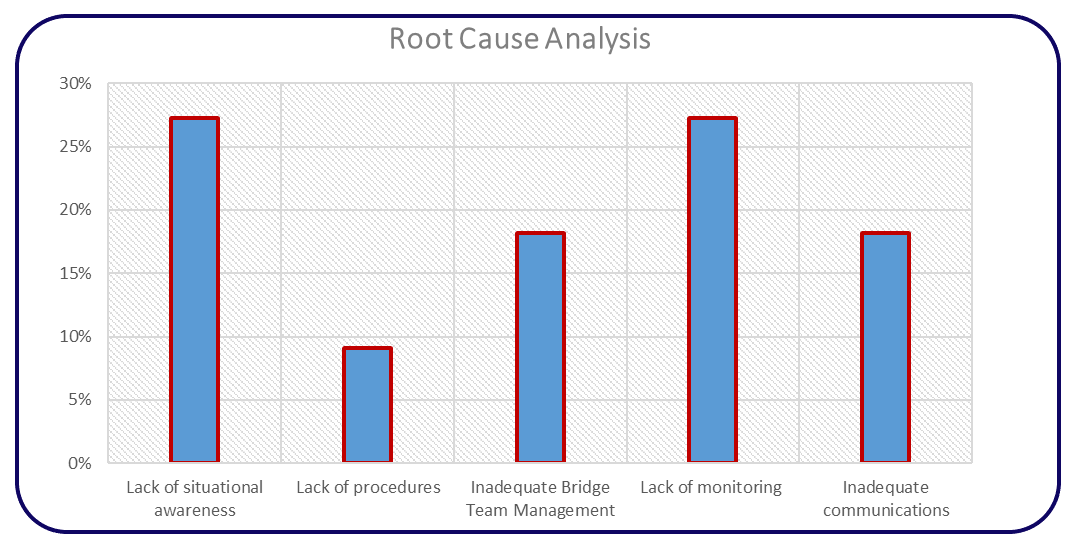
Lessons Learnt
- Never assume on any radar echoes near the ship’s course. Identify all objects using all available means.
- Set a minimum distance (depending on available water space) to clear “stationary” targets.
- Visual observation is essential for avoiding collisions. A good lookout could save the ship from undesired problems
- Always have in mind the “last minute maneuver” to avoid collision. Specially if the ship has excellent maneuvering abilities (such as a frigate)
- Plot all nearby targets and check those with low CPA. The relevant motion on radar or ECDIS is very helpful to determine which nearby ships consist imminent danger for the ship
- When navigating in narrows concentrate only to navigation. Give priority to navigation and keep all other issues to secondary priority (training for example).
- Use the assistance of local VTS stations and request all available information for the area.
- Monitor the radio communications between vessels in vicinity in order to create a clear picture of nearby navigation traffic.



















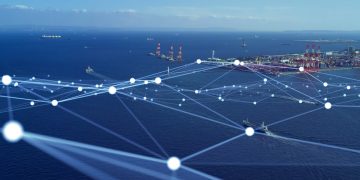

























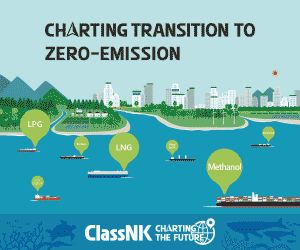
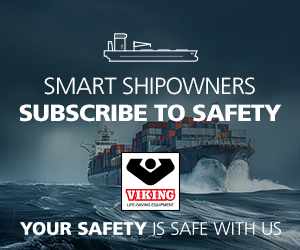



















An excellent analysis.
Two other lessons for any OOW come to mind.
The first: when in doubt, slow down. Once VHF calls are received that create confusion (“please alter to Starboard”), its time to give yourself time.
The second: when in doubt, call the CO to the bridge.